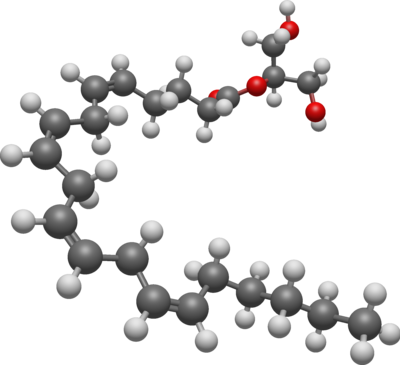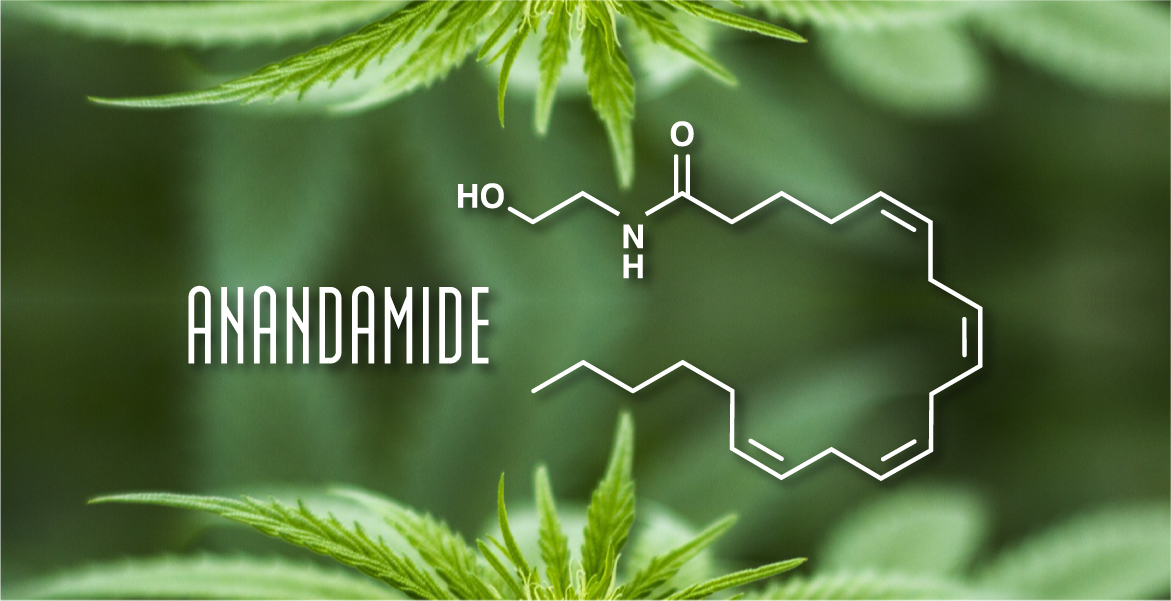
2-Arachidonylglycerol (2-AG) is an important substance in the endocannabinoid system (ECS) of the human body. The ECS is a complex network in the body that regulates a variety of biological processes. In this article, we will take a closer look at the role and effect of 2-arachidonylglycerol in the ECS.
What is 2-arachidonyl glycerol?
2-Arachidonylglycerol, or 2-AG, is an endocannabinoid produced by the body itself. It belongs to the group of lipids and is formed from a fatty acid, arachidonic acid. The endocannabinoid is found in various tissues and organs of the body, including the brain. It is a natural ligand (molecule that binds to a receptor) for CB1 and CB2 receptors, the main receptors of ECS. Therefore, 2-AG is thought to be the “original” messenger in ECS.
What is an endocannabinoid? The term phytocannabinoid is used for the plant cannabinoids that appear in the hemp plant. In contrast, there are the "endocannabinoids": cannabinoids produced by our bodies that exert their effects in the ECS (endocannabinoid system).
The role of 2-AG in the endocannabinoid system.
2-AG plays a crucial role in the regulation of various processes in the body. It is primarily responsible for signal transmission in the ECS. When certain stimuli occur, such as inflammation or pain, 2-AG is released and binds to the CB1 and CB2 receptors. This triggers various cellular responses that help maintain homeostasis, the balance in the body.
The effect on the body
Activation of CB1 receptors by 2-AG in the brain may have several effects. For example, it can stimulate the release of neurotransmitters such as dopamine and serotonin, which can affect mood and the reward system. In addition, 2-arachidonylglycerol may also have an anti-inflammatory effect by reducing the release of pro-inflammatory substances.
Therapeutic potential of 2-AG
Because of its role in ECS and its multiple effects, 2-AG has great therapeutic potential. Research suggests that the endocannabinoid may be useful in treating a variety of conditions, including pain syndromes, inflammation, anxiety, and neurodegenerative diseases. Targeting activation of processes in the ECS could open new opportunities for drug development.
Conclusion
2-Arachidonylglycerol is an important component of the endocannabinoid system and plays a crucial role in the regulation of various physiological processes. Its action on CB1 and CB2 receptors has effects on the brain, immune system and other organs. The study of 2-AG and its function in the ECS opens new avenues for the development of therapeutic approaches for the treatment of various diseases. It remains exciting to gain further insights into this fascinating endocannabinoid.





